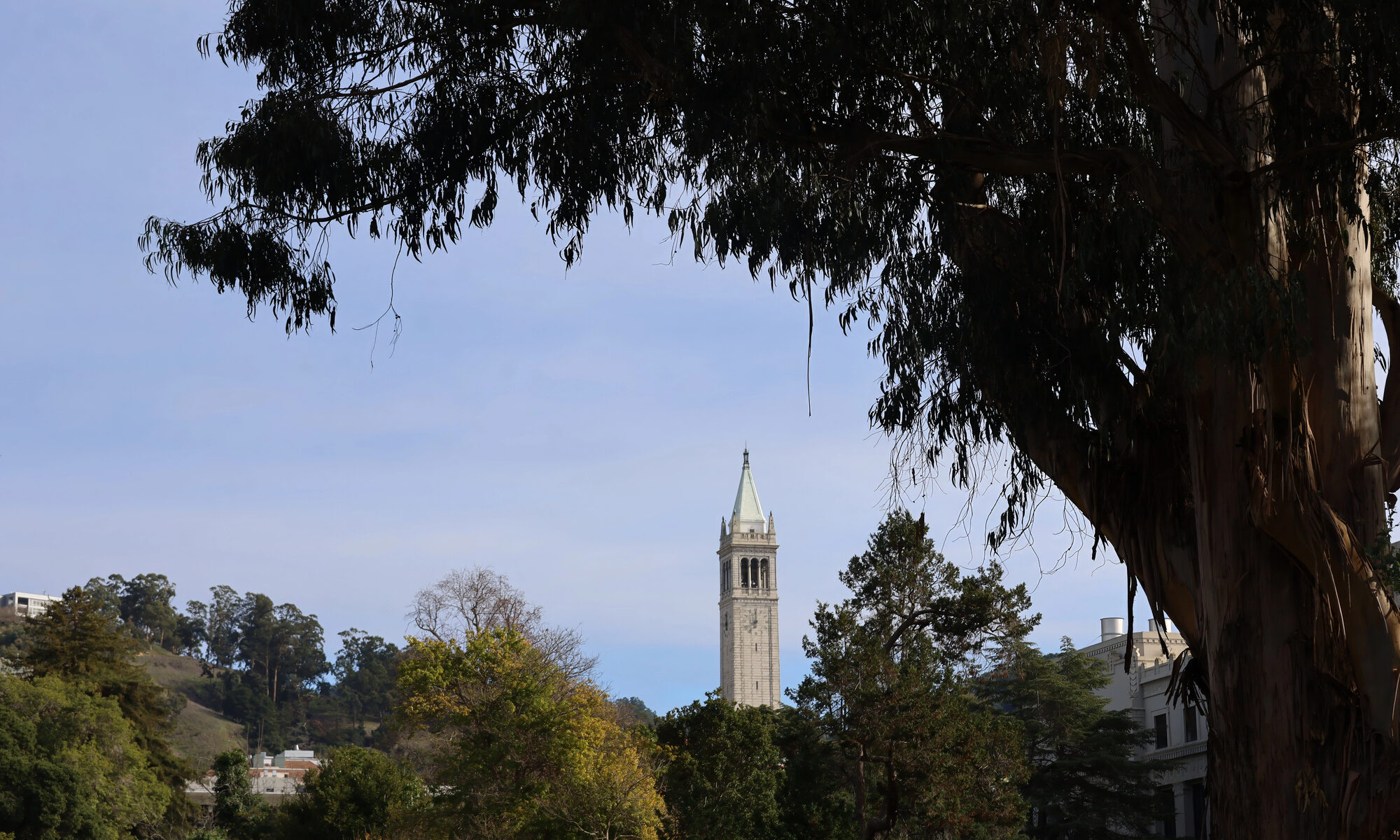On April 1st, a notice pinged my inbox: “Action alert: Save the NEH.” As the month wore on, fallout flooded headlines: the National Endowment for the Humanities (NEH) has allegedly terminated over 1,000 grants and 65 to 85% of its staff. For sixty years, this 180-employee federal agency has fueled more than $6 billion in public-facing American humanities programming, including efforts to promote education, preservation, and research in the arts and letters. Though threats also happened back in 2018, today’s swift followthrough is exacting and unexampled.
Insiders are better-positioned to articulate the defunding’s resultant material gains and losses, whether present or potential, or postulate the ultimate intention of this Department of Government Efficiency (DOGE)-prompted directive. I’m curious, instead, to explore what defunding signals: How do the NEH cuts ask us to view and value the humanities — and who deserves access to them?
First, let’s consider what “the humanities” means.
Some define the humanities by subject matter: “areas of knowledge outside of, and beyond,” science. Arts, history, language, literature, and philosophy, to name a few, are disciplines routinely accepted into the “humanities” canon. Similarly, the sciences — natural, physical (and, for some, social) — are habitually excluded, though edge-cases within this demarcation suggest a less-than-settled definition.
Others identify the humanities by the skills or methods they inculcate: namely, an ability to investigate immaterial human values, concerns, or a telos — an ultimate purpose or meaning. Someone eager to learn from objections, considerate of others’ experiences, and immune to the sway of a trite talking point, for instance, is popularly thought of as the kind of person hoped and expected to arise from humanistic immersion in the twenty-first century.
As with most things of substance, neither the essence nor value of the humanities is pigeonhole-able. What is clear, though, is that we lose some sense of “what it means to be human” (whatever that connotes!) without these disciplines’ influences. A day free of style and reflection means a day without radio, a wall without art. Losing inquiry, empathy, and rationality looks like friendships devoid of storytelling, bookless libraries, and lunch tables zapped of queries and convictions.
Though the examples’ opposites are idyllic, perhaps they sound frivolous, estranged from the reality of much of the world. After all, a gut-reaction critique of humanistic immersion is that it just ‘doesn’t actually matter.’ Who has time for metaphors and logic, no matter how enticing, when the globe has yet to endure a day without someone fighting in or fleeing from conflict, fighting for physiological survival, or doomed to the repetition and restriction of exploitative servitude?
And yet, whether factory, hospital, or war zone, humans in the midst of magnanimous suffering continue, in numerous cases, to turn to song and stories, conversation and comedy, and existential and spiritual reflection. No, books and songs cannot replace medicine and food, and no one should save a first-edition classic instead of a person from a burning room. However, a lack of physical life-saving ability does not eliminate all opportunity for meaning and purpose.
If the immaterial, artistic, and theoretical are historically reached for as modes of internal survival, then the humanities are right to dispel any claim to a decorative, superfluous denotation. The ivory tower — to whatever extent you feel it real or conceptual — takes its place as a crowning flaw, not a feature, of the heart of humanistic engagement. The presence of elitism in the humanities — or anything else, for that matter — does not eliminate the existence of stunningly real, raw value.
This brings us to public access.
Though hardly helping the cause, disendowing the NEH — or any public-facing academic body, for that matter — will not single-handedly eliminate the existence of the humanities. What cuts do immediately delineate, however, is who gets exposed to these modes of thinking about and engaging with the world. That is, children’s literature will not combust at the loss of funding, but a North Carolinian middle schooler who would have attended a grant-funded summer reading camp may miss a would-be opportunity to finally explore fiction for fun.
Consider the outcomes of recent decades of NEH support: Preservation Virginia’s 1994 Jamestown Rediscovery Project, led by archaeologist William Kelso, is responsible for uncovering Jamestown, an English settlement supposed to be long lost. Thanks to NEH funding and leadership from Emory and Victoria University Professors David Eltis and Stephen Behrendt, as well as Harvard’s W.E.B. DuBois Institute, approximately 66 to 80% of all Atlantic slaving expeditions have been documented in The Trans-Atlantic Slave Trade Database. Even the coveted Stanford Encyclopedia of Philosophy (SEP), a free, online encyclopedia of the philosophical discipline, boasts over 1,450 entries as a result of over twenty years of NEH grants.
With an estimated 8% acceptance rate last year, NEH awards have allowed reflection on the human experience to travel across the country, inspiring opportunities for understanding and contemplation for every American. Further performances, discoveries, and artifacts include Shakespeare Lives On, The Mississippi Blues Commission, the traveling Treasures of Tutankhamun, and Library of America, a 269-volume classics collection.
Without public endowment of humanistic reflection, these opportunities to access fine art and close reading become less likely, less possible. If American classics and historic discoveries, fine and performing arts, and musical archives cannot reach the average citizen, then the humanities become nothing more than hobbies for the privileged. These disciplines are entrenched with elitism, and disendowment of public-facing academia will only calcify the ivory tower. If a defining defect of academia is an air of highbrow seclusion, then defunding its public-facing endeavors will only make this worse. Less public engagement means more private sequestering.
Without NEH funding, a Louisianian nine-year-old no longer goes to Prime Time Family Reading Time, her likeliest chance at outperforming her peers in 25 out of 26 categories of intellectual development. If the past decade’s 1,800 NEH-supported libraries can no longer offer programs like The Great Stories Club — a reading and discussion program for at-risk youth — then the participating students may no longer have access to this cultural engagement at all. The only ones who will are the ones already equipped with the means to do so.
For an ordinary person, it’s hard to know what to do with this information.
Large swaths of the population, in fact, applaud the cuts. For DOGE-defenders, defunding may seem the necessary consequence, an acknowledgement, of an inaccessibility felt irretrievably embedded within academic programming. Many maintain that academia, if not merely inefficient and/or propagandizing, is dangerously hostile or censorial to self-expression. Removing financial backing might feel like a win, a disempowerment of an oppressive elite in an implied exchange of support for the everyman.
Consider The Bipartisan Policy Center’s selection of college censorship studies reporting, with varying statistical backing, that while liberal students do self-censor, conservatives are more likely to refrain from sharing their opinions out of worry of potential consequences — including, for some, violence. Relatedly, a Pew Research study found that, from 2015 to 2019, surveyed Republicans who view colleges negatively affecting the U.S. moved from 37 to 59%, whereas Democrats adjusted only 19 to 18%.
But even if in favor of cuts, self-censoring undergraduates and academia-averse adults alike are not necessarily opposed to storytelling and the arts, to philosophical inquiry and rigorous deliberation. There is grief in the story of a college student who feels he can’t speak up in English class—he wants to engage with the text, with fellow thinkers. The clear-cut, for-and-against division—that all right- or left-wingers say this and that—perpetuated by politicized, sensational headlines is not ultimate truth. Instead, what is undeniable is our collective participation in the endeavor of being human: a shared, innate calling to explore what it is we are all doing here. Everyone ought to be part of that.
A call to unity is not meant to decry the very real consequences resulting from differences in conviction about academic funding. These consequences can (and do) exist alongside an acknowledgement that, at the root of these non-uniform experiences and interpretations, something is shared: all sorts of Americans value — and bemoan loss of access to — the humanities.
The real reason why humanities are worth saving is because they give their scholars the language of purpose, the feeling of participating in the bigger project of examining what it is to be alive. While there are important arguments to be made for prioritizing vocational training or even humanities’ cultivation of “practical” skills, the humanistic disciplines nourish the uncovering of meaning and equip us to stave off existential crises.
The message the NEH cuts sends to students in funded programs, therefore, is that it is acceptable to cut off, even in part, their access to this entire world — one of literary, philosophical, and artistic immersion in the experiences, ideas, and stories from all of the lives each of us will never ourselves live. Yes, there are gaps, we seem to acknowledge. But it is not our job to fill them in. It is not our duty as a nation to ensure you have this exposure. Defunding implies not that its endorsers believe the humanities to be without value — just that there are better uses of collective resources. That they’re not worth the investment.
And if I may be so bold: this is wrong.
In knowingly allowing any child’s inner life to become a little less robust, we default on cultivating her birthright to wonder and explore. As fellow humans and learners, we owe each one of the next generation the opportunity to engage in a fuller understanding of the human experience.
If this is (or isn’t) where you land, remember that finger-pointing at those who disagree is fruitless. It’s likely that your audience and acquaintances will not embrace the humanities, the sciences, or anything else if you expertly prove their failing to care enough about what you revere. No one has time to realize and marvel at all the good that exists — none of us have a front-row seat to every beautiful thing.
So if you are lucky enough to be someone who gets to earnestly cherish something, and unlucky enough to watch it being taken away, then it’s your job to tell others why. If you adore literature and the arts, then share how your most life-giving experience with a story injected color to your life. Invite newcomers in. There’s (literally) more to be gained with bringing people in than pushing them out.
Despair is an unhelpful and evasive conclusion, always. Actionless, morose critique earns us nothing. Hope, frankly, may not either. But hope, if nothing else, at least yearns to do something. The noble rage of earnestness is an active ingredient in defending anything you love.





